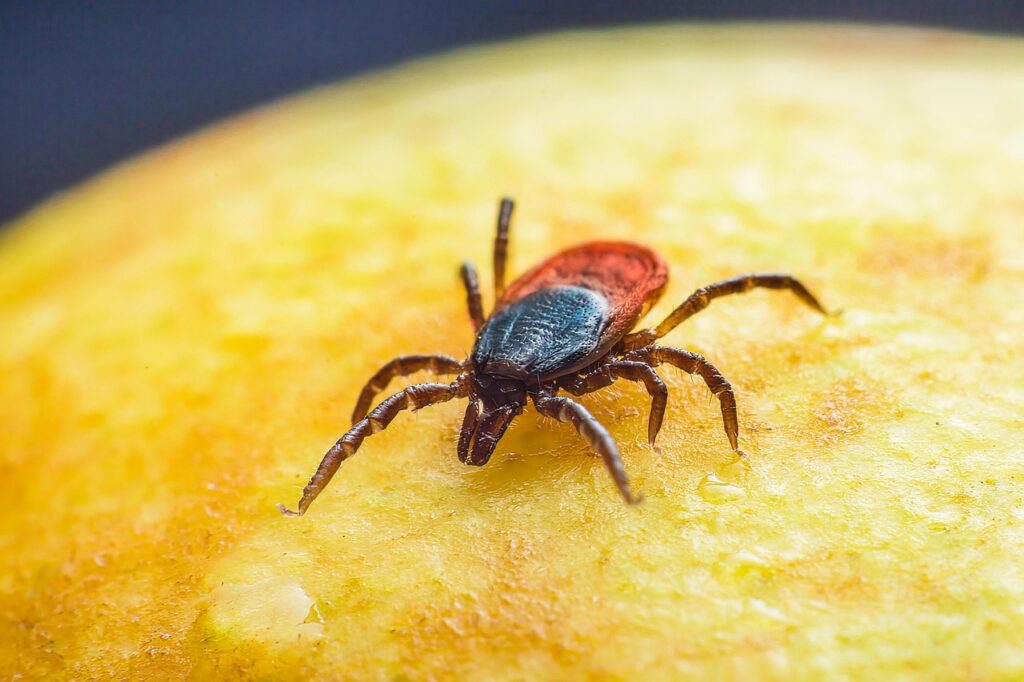Ticks are not only annoying, but they can also transmit serious diseases to our beloved canine companions. They are common external parasites that suck blood and potentially introduce infections to dogs. Regular checks and removal are vital to keeping your pet safe.
Why Should I Check My Dog for Ticks?
Ticks are more than just pests; they are potential carriers of harmful diseases like Lyme disease, Ehrlichiosis, and Rocky Mountain Spotted Fever. A tick can begin transmitting these illnesses shortly after latching onto your dog. While preventative treatments are beneficial, they aren’t foolproof. Regular tick checks are an essential part of safeguarding your dog’s health.
How to Check a Dog for Ticks
Follow this systematic approach for a thorough tick check:
- Feel the Surface: Glide your hands over your dog’s body, checking for any unusual bumps that might be a tick.
- Use a Comb: A fine-toothed comb can help skim the surface. If you find any obstruction, part the fur and inspect.
- Inspect Specific Areas: Check between the toes, inside the ears, under the tail, around the eyelids, beneath any collar or harness, and the armpits. Ticks often prefer these zones.
What Do Ticks Look Like?
Depending on their life stage, ticks can be as tiny as a grain of sand or as large as a grape. Pay attention to the small ones, especially the larvae and nymph stages.
How to Remove Ticks from a Dog
It’s crucial to remove the tick correctly:
- Use the Right Tools: Tweezers or tick removal tools are ideal.
- Grasp Correctly: Take hold of the tick’s head as close to the skin as possible.
- Apply Steady Pressure: Pull upward gently. Avoid twisting, as it might leave parts of the tick embedded.
- Clean the Area: Disinfect the bite area with rubbing alcohol or soapy water (avoid eyes and mouth).
If you’re unsure or uncomfortable with the process, consult a veterinarian.
Maintain a Schedule for Tick Removal
Check your dog for ticks daily, as recommended by the CDC. Flea and tick prevention should be consistent throughout the year.
Conclusion
Being proactive in checking for and removing ticks is critical to ensuring your dog’s health and well-being. Stay vigilant, use preventive measures, and always consult a veterinarian if you have concerns.

